Mosaic Pieces
Welcome to the complete Maryland Mosaic.
The Mosaic is not presented chronologically but presents a randomized selection of Mosaic Pieces to spark your interest in a particular event or person. If you would like to have a more ordered chronological overview, use the six fixed time period options on the right of the screen to get a more immediate picture of an historical period. You can also explore by county or by category. Our predefined categories, tags, counties and chronological brackets will help you see links between the Pieces.
The collection has over 140 firsts, including events, people, places, objects, documents or buildings that are unique to Maryland and to the nation. The Mosaic is part of Maryland’s contribution to the U.S. 250th anniversary in 2026. It covers the period from 1776 to the present. You will find at least one Piece for every county and Baltimore City, making this a statewide project.

Battle Monument in Baltimore is the first public war memorial
Baltimore’s Battle monument, designed by Maximilian Godefroy, is the first stone monument and the first public war memorial in the US. In 1822 the statue of Lady Baltimore is hoisted atop the monument.
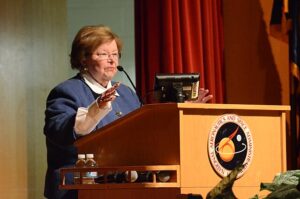
Barbara Mikulski enters public office
Barbara Mikulski, Baltimore social worker, is elected to the US House of Representatives in 1976, then to the Senate in 1986, becoming longest-serving female member of Congress.
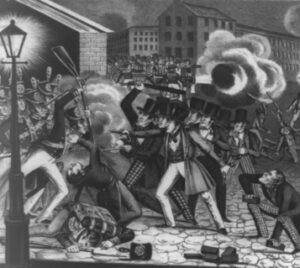
Baltimore riots over the War of 1812
Congress declares 1812 War. Large Baltimore mob attacks publisher of strong anti-war newspaper. Revolutionary war vet and 2 rioters are killed; many injured including Robert E. Lee’s father. Baltimore becomes known as “Mobtown.”
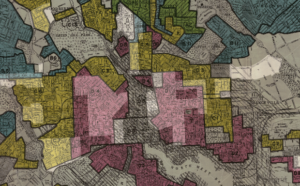
Baltimore invents red lining
Mortgage lending practices in the 1930s reinforce segregated neighborhoods in Baltimore as red lining makes home ownership by African Americans difficult.
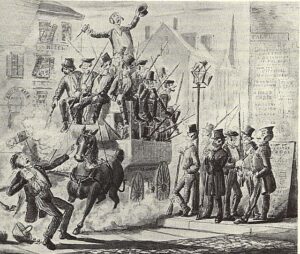
Baltimore earns the label of “Mobtown”
Gangs from the Know Nothing Party and Southern sympathizers riot in Baltimore during elections. In 1857 fighting kills 17 gang members and injures 67 in the most intense violence of the Know Nothing era. Riots in “Mobtown” make national headlines.
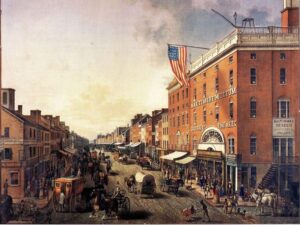
Baltimore City is unique in the U.S. at 1850
In 1850 Baltimore, America’s third largest city, is a singular urban mix of immigrants, free and enslaved Blacks, white leadership and energetic industry. As a border state it is an example of the country’s divisions and challenges before the Civil War.
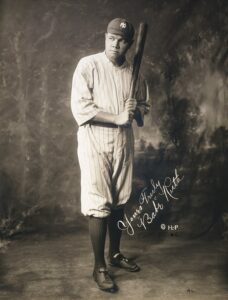
Babe Ruth born in Baltimore
George Herman “Babe” Ruth is born in Baltimore in 1895 to working class German parents, During 22 seasons of major league baseball he becomes baseball’s most famous player and a cultural icon. His home runs are the longest ever recorded.

B&O Railroad begins
Baltimore and Ohio Railroad begins with a cornerstone in Baltimore and an initial trip to Ellicott City in 1827. The train line crosses the Thomas Viaduct, the first large arched and curved stone bridge.

Aruna Miller is the first South Asian woman in the U.S. to serve as a state Lieutenant Governor.
Aruna Miller is the first South Asian woman in the U.S. to serve as a state Lt. Governor.
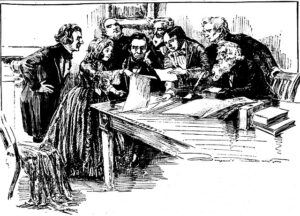
Anna Ella Carroll advises Lincoln on Civil War strategy
Anna Ella Carroll is the only woman to privately advise Lincoln on Civil War tactics. Her strategy leads to the capture of forts in the Western Campaign, the first major Union victory in Civil War in 1862.
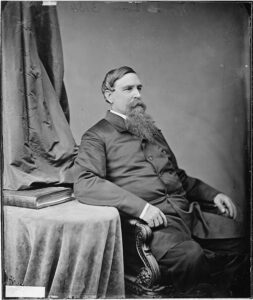
An 1867 constitution reverses the one in 1864, re-infranchising returning Confederates
Governor Thomas Swann oversees the Maryland convention that passes new a constitution in 1867, renewing the franchise for returning Confederate soldiers and sets back the new political gains of newly freed slaves. Maryland refuses to ratify 14th & 15th amendments.
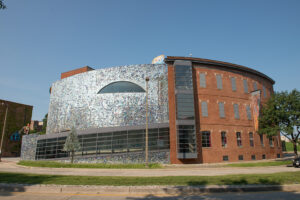
American Visionary Art Musuem
The American Visionary Art Museum opens its doors in 1995. It is unique, the first of its kind, bringing work from untrained artists to the public in a new an engaging way.
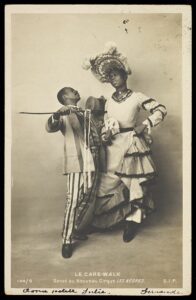
America’s first drag queen is born enslaved in Hancock
William Dorsey Swann, born enslaved in Hancock, becomes America’s first drag queen, sponsoring “drag balls” in DC. He is arrested in 1896 and serves 10 months in jail.
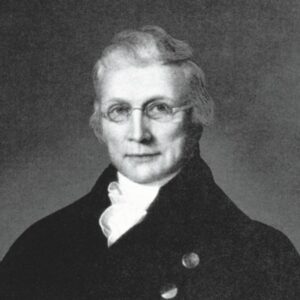
Alexander Brown creates first investment bank in U.S.
Alexander Brown (1764-1834), an Irish linen merchant, settles in Baltimore and creates the first investment bank in the United States. In 1808, the company organizes the first nationwide public offering for the Baltimore Water Company.

Alex Haley finds his roots
Alex Haley publishes a popular book, Roots, in 1967 and, with a TV Miniseries, creates a new national interest in enslavement in America. He launches the book from the Annapolis wharf where his ancestor Kunta Kinte was brought in chains 200 years ago.
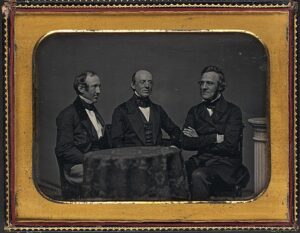
Abolitionist William Lloyd Garrison begins his career in Baltimore
William Lloyd Garrison begins his abolitionist career, writing and coediting the newspaper, The Genius of Universal Emancipation in Baltimore in 1829. He is the most famous white American to devote his life to freeing the slaves. Photo shows Garrison (center) with two other abolitionists, Wendell Phillips and Englishman George Thompson.


